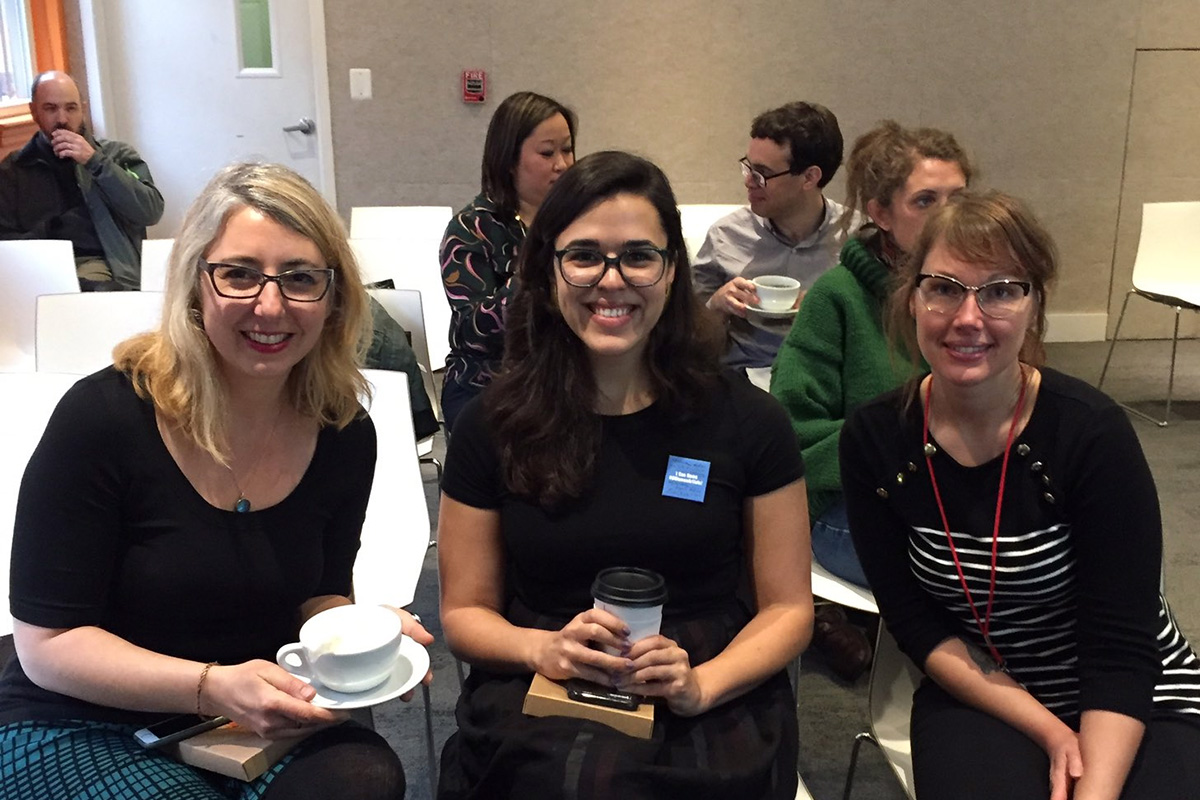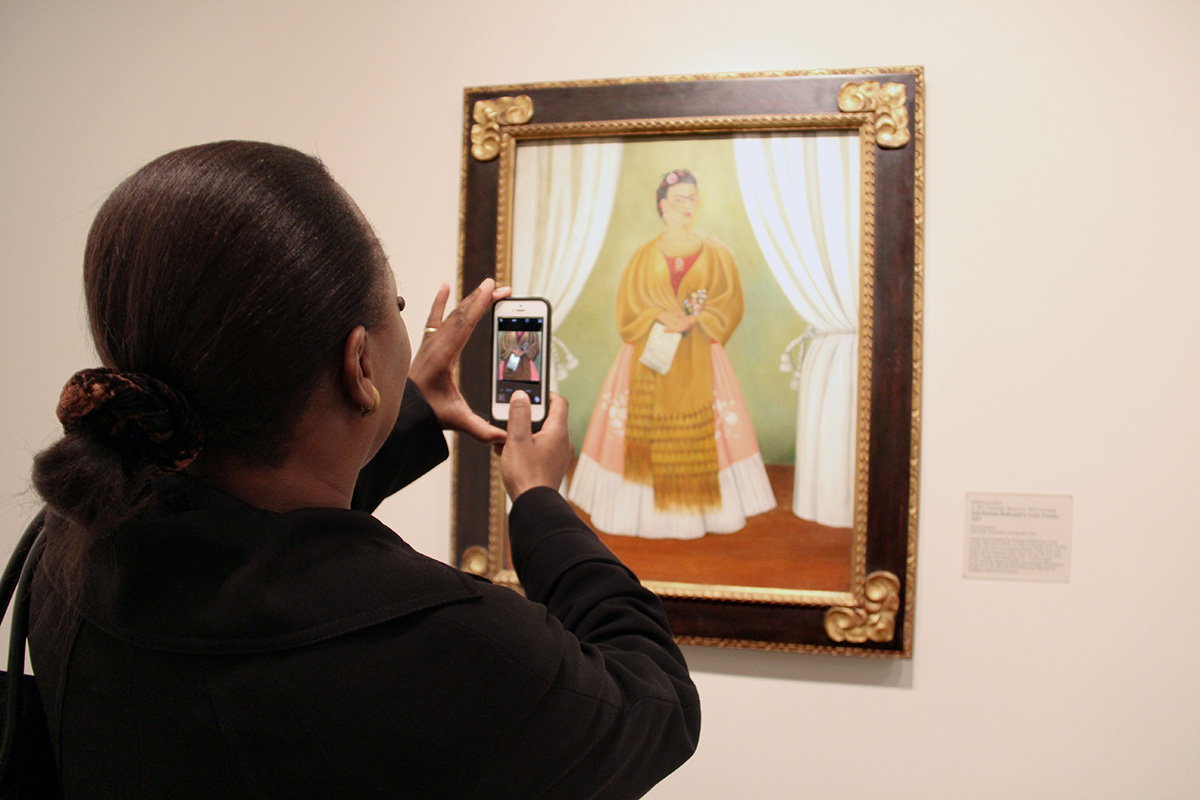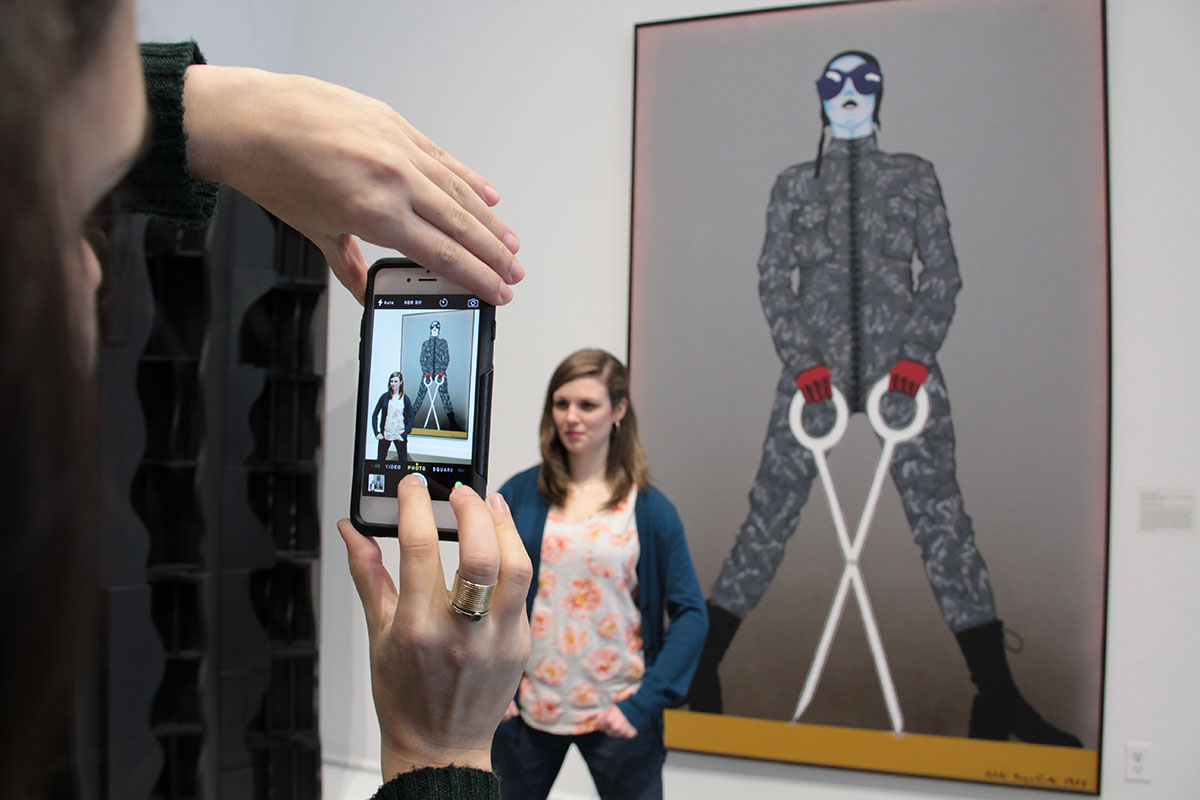Digital technology has long been cast as a mere supplement to the in-person museum experience—a set of tools more obtrusive and transient than they are integral and paramount. But, as three digital strategists explained at a Sounding Board panel discussion we hosted last month, online programs at their best seamlessly complement in-person experiences and should be held to their own rigorous standards.
As in physical spaces, digital programming starts with a keen understanding of one’s audience. For Emily Haight, digital editorial assistant at the National Museum of Women in the Arts, this translates to a nuanced understanding of why a particular work captures a visitor’s imagination.
“I often walk through the galleries and ask museum visitors, ‘if you could take home one piece from the collection, what would it be and why?’” Haight said.
It’s this close listening that underlies the #5WomenArtists campaign, an online initiative from the National Museum of Women in the Arts that challenges audiences to correct an imbalance in the presentation of female artists.
The success of the campaign, which has reached 150 institutions across 41 states, 16 countries, and five continents since its launch in spring 2016, is owed to its widespread appeal among those passionate about women’s issues.
Just as effective campaigns align well with visitor interests, so too are they structured around a straightforward premise.
“Keep digital communication deadly simple so the pieces stand for themselves,” advised Effie Kapsalis, chief of content and communications at the Smithsonian Institution Archives.

For Kapsalis, developing a pared-down structure that enables users to “delight in data” is key to digitizing collections. The Smithsonian Archives’ Wonderful Women Wednesday series, for instance, includes blog posts and social media updates each with just a fact or two about groundbreaking women from their collections, inviting further study from visitors.
The Smithsonian Folklife Twitter chats bring this to bear, inviting community members from across national and regional lines to engage in thought-provoking discussions—conversations that echo the Folklife Festival’s discussion stages. It’s these and other straight-forward frameworks that allow for profound understanding, particularly online.
Equally important is the context these digital campaigns provide. Tatum Walker, associate director of digital strategy at the Ford’s Theatre Society, maintained that museum collections are steeped in cultural heritage, and technology provides an opportunity to share that history online.
“Though the story of Lincoln’s assassination is one we have all heard, how the nation responded and what parallels we can draw between that response and those we witness today is what we are exploring online,” Walker said, referring to the theater’s Remembering Lincoln series.
With more and more museums and cultural institutions digitizing their work—such as the Metropolitan Museum of Art’s release of 375,000 photos in February—online tools set the stage for a richly layered portrait of artisans, communities, and the stories that define them.

When asked if digital campaigns adversely affect in-gallery experiences, Kapsalis called that a false dichotomy. At their best, the two work in tandem.
“Now that you can get a painting and wall text online, visitors expect even more from the in-person experience,” she said.
Striking a balance between the two is a challenge myriad museums and cultural institutions face. Perhaps digital and physical spaces, rather than being at odds, are collectively raising the bar and creating something altogether innovative and thought-provoking for visitors.
Sounding Board is a public program series produced by the Smithsonian Folklife Festival, celebrating our 50th anniversary in 2017.
Angelica Aboulhosn is the public affairs specialist at the Center for Folklife and Cultural Heritage.


